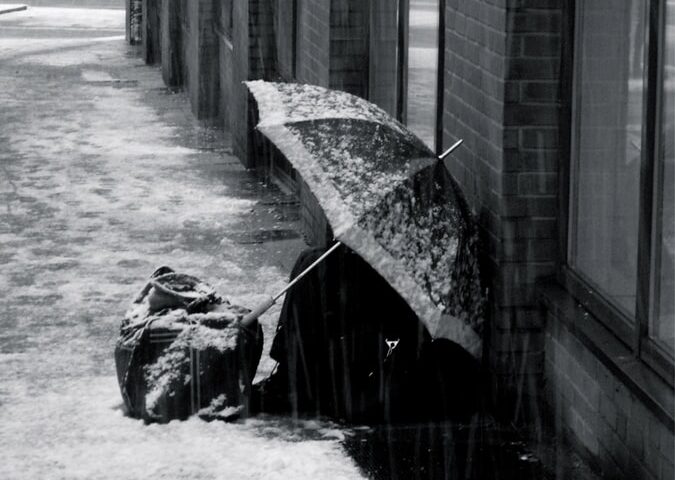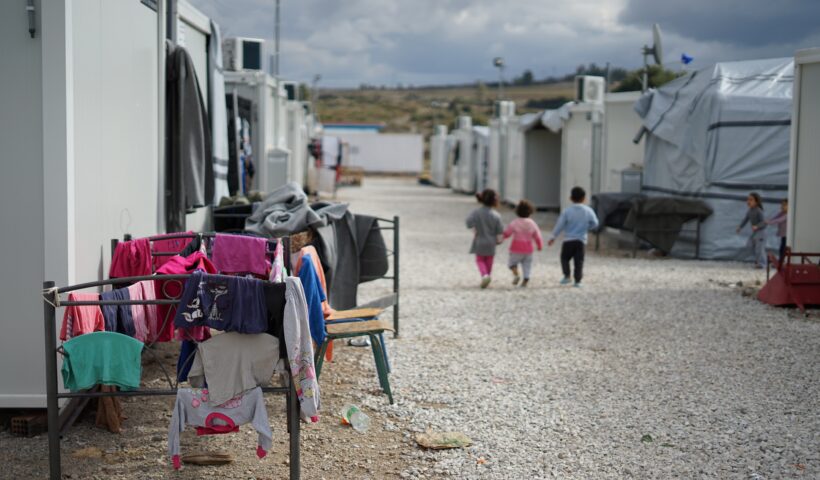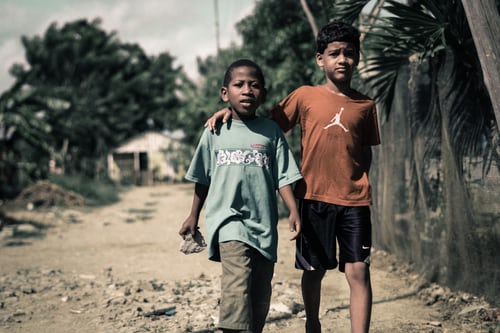What place does literary fiction have in addressing homelessness? French anthropologist Marc Augé and British-Bangladeshi writer Mahsuda Snaith prompt this question through their respective texts No Fixed Abode (2011) and How to Find Home (2019). Augé’s novellais about a retired tax inspector called Henri Cariou who sleeps in his car on the streets of Paris. With some savings and intent on maintaining hygiene and respectability, Henri calls himself a “top-of-the-range”, “clean-cut” homeless person initially (Augé 14, 34), but is a “living corpse, waking mummy” (54) before long.
View More Imagining Homelessness: Ethnofiction in Marc Augé’s No Fixed Abode and Mahsuda Snaith’s How To Find HomeTag: Homelessness
Alluvium Editorial 8.3: Contemporary Representations of Homelessness
Special Issue: Contemporary Representations of Homelessness Editors: Julia Ditter, Liam Harrison and Martin Goodhead From theorizations of transcendent homelessness to contemporary narratives of displacement in the wake of war and…
View More Alluvium Editorial 8.3: Contemporary Representations of HomelessnessThe Post-Millennial Rise of British Homelessness Literature
Approximately as many full-length novels and autobiographies written by British authors about or largely featuring homelessness were published in the last two decades as in the 50 years between 1950 and 2000. Homelessness seems to be growing in the public and cultural consciousness, and it remains a persistent and pressing issue.
View More The Post-Millennial Rise of British Homelessness LiteratureHomelessness, Borders, and the Displaced Youth: Understanding Young Refugees through Fictional Narratives
By Anindita Shome Content warning: contains descriptions of graphic violence and sexual assault Fictional narratives can play a critical role when it comes to understanding…
View More Homelessness, Borders, and the Displaced Youth: Understanding Young Refugees through Fictional Narratives“The transient vigor of a man”: Home and Homelessness in Marilynne Robinson’s Home
By Dr Ben Screech Give me a home where the Buffalo roam Where the Deer and the Antelope play; Where seldom is heard a discouraging…
View More “The transient vigor of a man”: Home and Homelessness in Marilynne Robinson’s HomeWhere Childhood Ceases: Media Representations of the Homeless Street Children of Mumbai, India
Countless imaginaries within popular culture, across literature and film, capture childhood innocence and unbridled hope. Lacking any inhibitions or fear of judgement, and expressing themselves freely, children reflect a parallel dimension that has not yet been corrupted by the malign forces of the world. A child’s reality is essentially rooted in the support systems they have within their small circle of family and friends. The home, in this regard, is their anchor and the crux around which their identity and sense of self revolves. But what happens when this structure itself is uprooted and spun around on its head? This is a crucial question within the context of India, which has 18 million children that do not currently have a home and are often called ‘street children’.
View More Where Childhood Ceases: Media Representations of the Homeless Street Children of Mumbai, India





